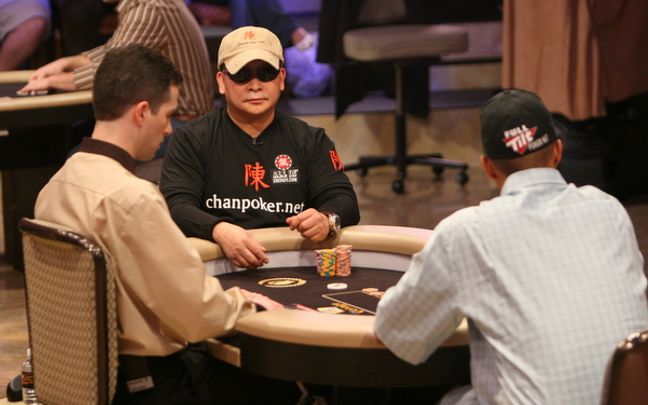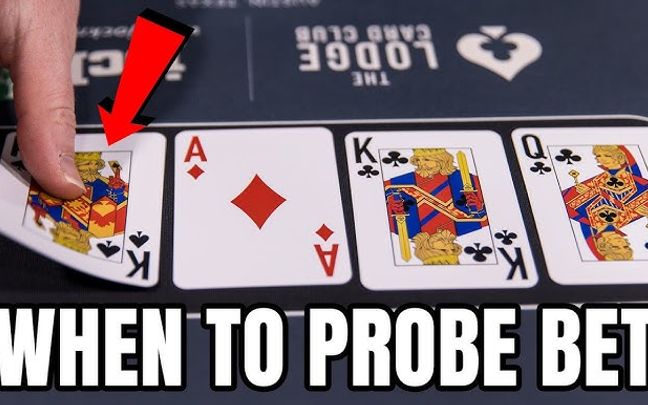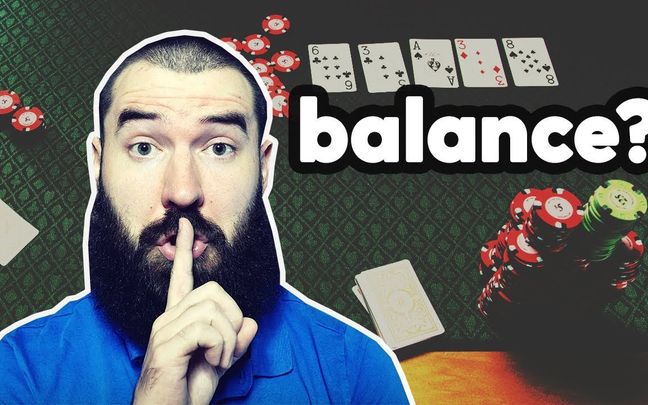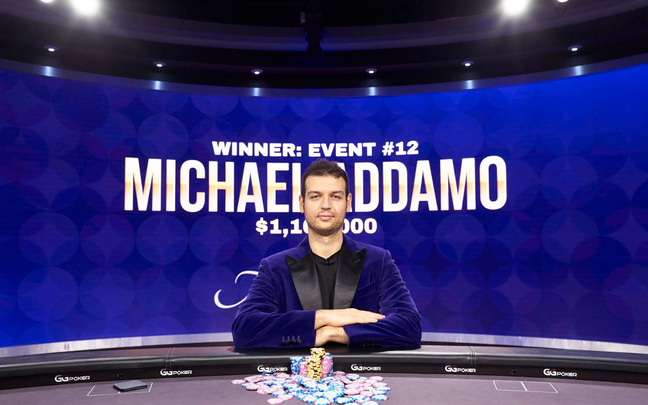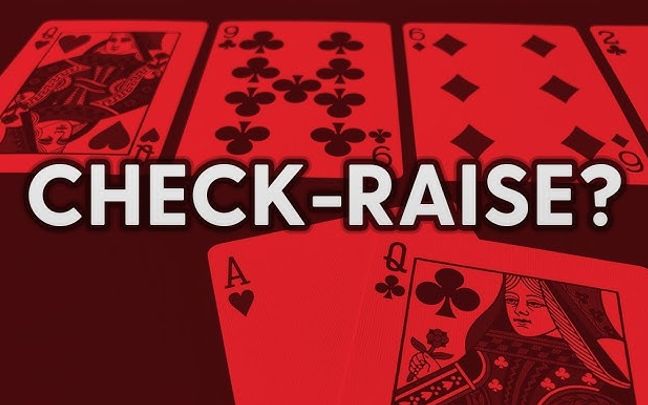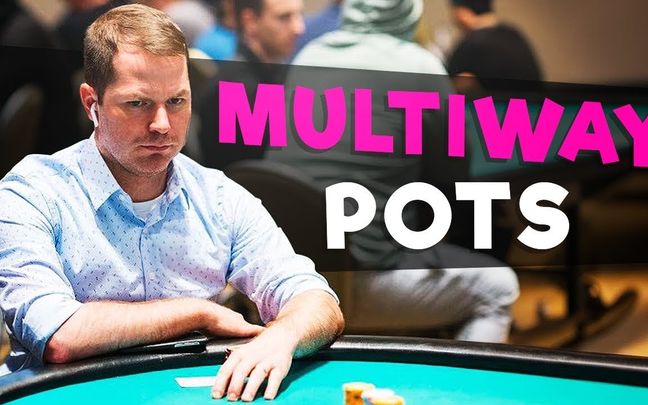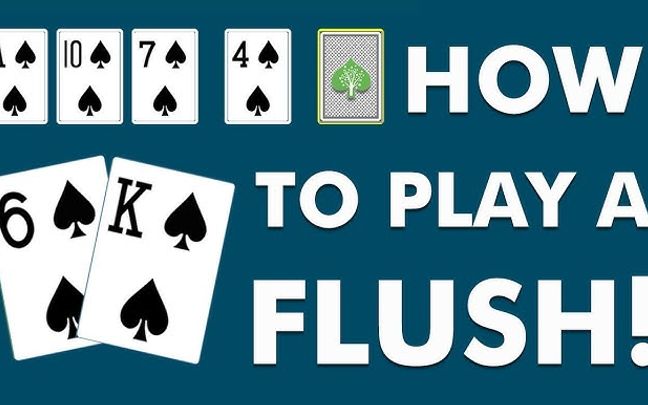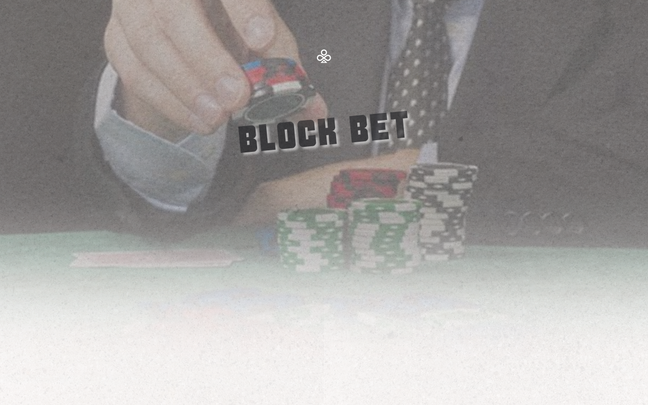Heads-up poker is an exhilarating form of the game where only two players face off against each other. This game demands intense focus, analytical skills, and the ability to read your opponent quickly. This article will help you gain a better understanding of heads-up poker and how to enhance your skills in this one-on-one battle.

Heads-up poker challenges your ability to read your opponent.
What is Heads-up Poker?
Heads-up poker is a form of the game that involves only two players. It is the simplest version of poker, yet it can present the greatest challenges for players, as the competition and tension are heightened when only two people are facing off against each other.
In heads-up poker, each player must adjust their strategy to fit this unique situation. Unlike multi-player poker games, where players can anticipate the actions of multiple opponents and adjust their strategies accordingly, heads-up poker requires players to continuously confront and read a single opponent.
An important factor in heads-up poker is the flexibility of strategy. With only two players, maintaining constant pressure and seizing every opportunity to gain an advantage is crucial. Players must be able to continually adjust their tactics, predict their opponent’s actions, and know when to bluff or when to hold back their cards.
In heads-up poker, players also need to effectively manage their psychological and emotional factors. Since there are only two players, focus and patience play a significant role in achieving favorable outcomes. A lack of patience can lead to poor decisions, while concentration helps players recognize opportunities and exploit their opponent’s weaknesses.
Another element that makes heads-up poker enticing is the speed of the game. With only two players, hands often progress more quickly, and making swift decisions can create a substantial advantage. This also leads to unexpected shocks and dramatic situations, enhancing the allure of the game.
In summary, heads-up poker is a challenging and engaging form of poker that requires players to have a flexible strategy, the ability to read their opponent, and effective psychological management. It offers players an opportunity to challenge themselves and improve their poker skills in a high-stakes confrontational environment.

Heads-up poker requires flexibility in strategy
Advanced Strategies for Heads-Up Poker
Advanced heads-up poker strategies require a delicate combination of skill, flexibility, and the ability to read your opponent. In heads-up poker, with only two players, every decision significantly impacts the outcome of the hand.
Here are some key strategies for achieving success in heads-up poker.
Play Tactically and Flexibly
In heads-up poker, there is no one-size-fits-all strategy. Players must continuously adjust their tactics based on their opponent's actions. If your opponent plays very tightly, you should widen your betting range to exploit their lack of aggression. Conversely, if your opponent plays very loosely, you can tighten your own play and wait for better opportunities.
Apply Continuous Pressure
Consistently applying pressure on your opponent is a vital strategy in heads-up poker. This involves frequently making large bets and raises to make your opponent feel threatened, forcing them to make quick decisions. This can lead to mistakes on their part, allowing you to capitalize on opportunities and secure victories.
Use Bluffing Wisely
Bluffing is an important aspect of heads-up poker, but it needs to be executed intelligently. Carefully consider the timing and method of your bluffs. Successful bluffing requires a thorough understanding of your opponent's tendencies and habits, as well as selecting the right moment when they are likely to fold.
Manage Your Bankroll Carefully
While heads-up poker can yield significant rewards, careful bankroll management remains essential. Don’t let the allure of the game cloud your judgment. Set limits for yourself and stick to them to avoid excessive financial risk.
Read Your Opponent
The ability to read your opponent is crucial in heads-up poker. Pay attention to their actions, including bet sizes, playing speed, and other psychological cues. Close observation and thorough analysis can help you anticipate their moves and adjust your strategy accordingly.
Bet Sizing
Using appropriate bet sizes is a critical component of heads-up poker strategy. You can make smaller bets to maintain control and gauge the strength of your opponent's hand, or larger bets to create pressure and force your opponent into difficult decisions. This helps you control the hand while optimizing your advantage.
Utilize Position
In heads-up poker, you will sometimes be the first to act and at other times the last. Effectively using your position can create a significant advantage. When you are in the later position, you can observe your opponent's actions before making your decision, which helps you make more informed choices.
Choose Your Betting Hands Wisely
Deciding when to bet and when to fold is crucial. In heads-up poker, you need to choose your betting hands strategically. Consider playing stronger hands when you have an advantage and avoid overcommitting with weaker hands.
Change Your Strategy
Don’t allow your opponent to easily read your strategy. Frequently change your approach to make it difficult for them to predict your actions. Varying your play style helps maintain an element of surprise and creates an advantage in the hand.
Maintain a Strong Mental Game
Finally, maintaining a strong mental game is vital in heads-up poker. Don’t let emotions influence your decisions. Stay calm and focused, always keeping confidence in your strategy.

Heads-up poker delivers an exhilarating thrill with every moment.
Success in heads-up poker requires a combination of various factors, including refined strategy, the ability to read opponents, and effective bankroll and psychological management. Applying these strategies effectively can help you become an exceptional heads-up poker player and achieve impressive results.

